WHY DON'T I LOOK LIKE THE GIRLS ON INSTAGRAM
Over the last 7 years of working as a personal trainer in San Francisco, I’ve had many women ask why they feel like they eat healthy, workout hard, and still don’t look like the fitness models they’re seeing advertised. With the continuing rise of social media, the question has changed to “Why don’t I look like the girls on Instagram?”, so today I’m revealing what goes on behind the scenes of all of those perfect shots you’re seeing online.
First, let’s compare what a healthy body fat percentage looks like to what you’re seeing advertised. According to multiple sources, including the NIH, a “healthy” body fat percentage for women ranges between 21% to 36% depending on your age. That’s a huge range! But the the majority of the images we are seeing in fitness magazines, nutrition and diet ads, and social media are showing that “healthy and fit” are showing women who are in the 10% -22% body fat range. No wonder so many people are confused! We only see a very specific body type represented in the fitness industry, so when you feel like you’ve been doing all the “healthy” habits, and you still don’t look like a fitness model, it can be very frustrating.
At one point, I wanted to be a fitness model, so I was doing some photoshoots to build my portfolio. I want to share what happens behind the scenes leading up those perfect shots, because most of it is actually pretty unhealthy. For the video version of this blog click here.
Water Pills: You can bet your paycheck that in most of the fitness images you see, the model took water pills leading up to the shoot. I took these for 3 days prior to one shoot in order to shed all the extra water weight in my body and muscles. These pills dehydrate you, and are the opposite of being healthy.
No food or water: Prior to my shoot, I not only worked out so that my muscles would look bigger, but I didn’t ingest any food or water before my photos. Afterwards I gorged on a huge meal that then made me feel sick. Not a great cycle. Also not healthy. I talk more about my disordered eating habits in my book Every. Body. Beautiful.
Makeup: Not only did I apply an original layer of makeup, but I reapplied every time the photographer reset the shot. I still do this in my current shoots to make sure my makeup isn’t running, that I don’t have any “shine”, and that my coloring looks good. Totally not realistic for most of us who put our makeup on once a day and then want to forget about it.
Lighting: In real life, gyms have terrible lighting or are in dark buildings, but those conditions don’t make great photos! Instead, my photographer had multiple mobile light sources that he would adjust at all different angles to highlight different body parts.
Self Tanner: The fitness industry typically serves us light skinned models, but not pasty ones, and being tan helps to highlight muscles. I applied self tanner to look the part.
No Carbs: I hadn’t had any carbohydrates for two weeks leading up to the shoot. Carbohydrates also hold onto water in your body, and along with the water pills, cutting them out was another way to dehydrate my muscles to get that super lean look.
Fashion Tape: To make sure my clothing stayed in place, didn’t show any “rolls”, and continuously looked flattering, I had fashion tape, a kind of double sided tape safe for skin, that was attached everywhere underneath my clothes to hold them in place.
Posing: if you’ve ever heard a model talk about how difficult modeling is, they are most likely referring to getting your body into unnatural and often uncomfortable positions in order to get a specific angle. Twisting, holding, and repeating these positions is tough on your body, and is also not realistic to how we move in real life.
Restrictive diet: Finally, not only did I do all of these things leading up to and during the shoot, but I had been on an extremely restrictive diet for two years prior, which was about strict and precise macronutrient counting and timing.
On social media, people are generally showing you their best photos, and there are filters and editing tools that give anyone the power to change a photo. To get that one perfect shot that looks effortless, there was probably tons of technology, photo magic, and unhealthy habits leading up to the shoot. In fact, plus size model Tess Holliday recently had her image used illegally to promote an app that “skinnifies” people.
Only about 1% of our population naturally has the bodies you’re seeing featured, and that’s just the way their bodies are.
My suggestion: instead of spending so much time and effort getting that perfect shot, use that time doing something that makes you feel good about yourself. If you need help getting started, download my FREE 30 Day Body Image Makeover, with 30 Habits to lead you towards loving and accepting your beautiful body.
This content contains affiliate links, and as an Amazon Associate I earn from qualifying purchases at no extra cost to you.
